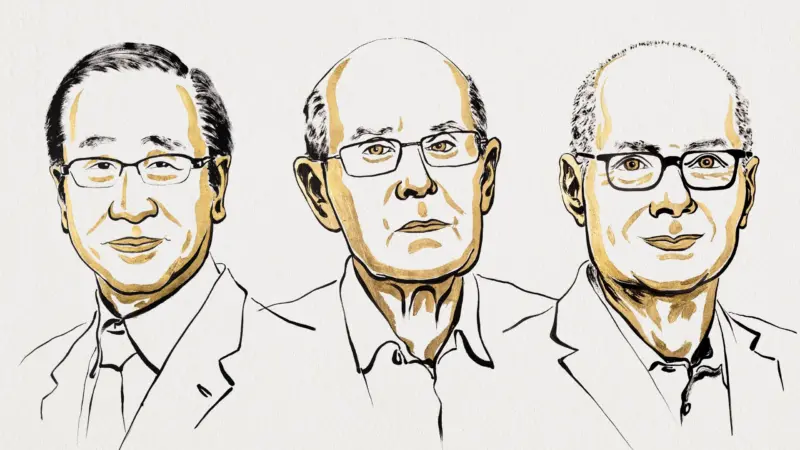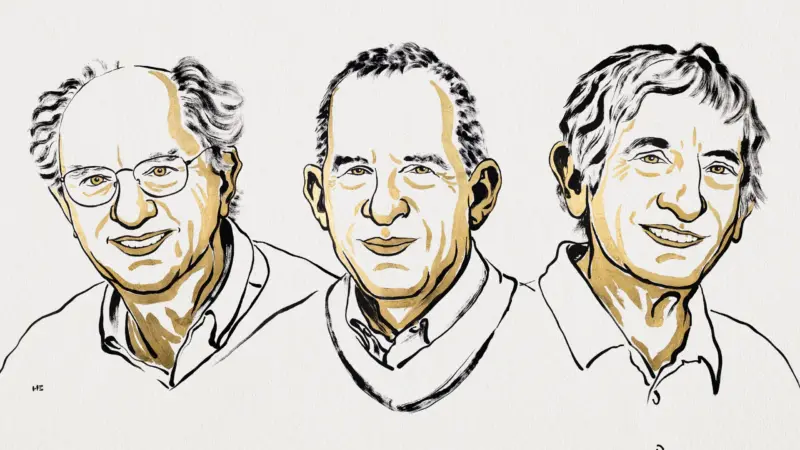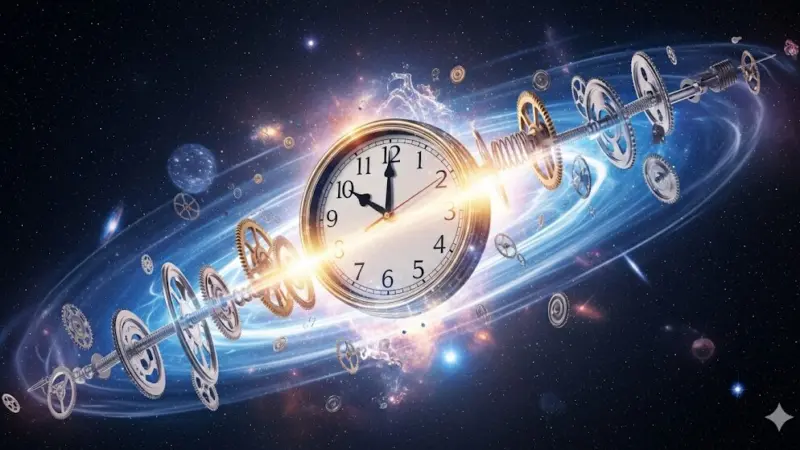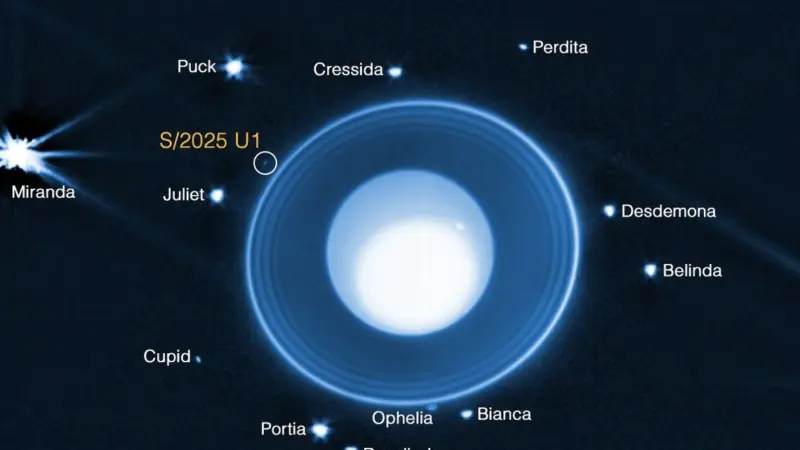Investigating the Legacy of Rosalind Franklin in DNA Discoveries 70 Years On

The previous month, April, marked the 70th anniversary of the momentous discovery of the double helix structure of DNA. It was a breakthrough for which James Watson and Francis Crick earned the Nobel Prize in Physiology or Medicine. However, much debate has surrounded the role that Rosalind Franklin. She was a scientist at King’s College London who played in this monumental finding.
In 1968, Watson published his best-selling book “The Double Helix”, where he wrote disparagingly of Franklin. He called her ‘Rosy’, and suggested that he and Crick had used her data without her knowledge. This account became a parable of poor scientific behavior, leading to a backlash against Watson and Crick and turning Franklin into an icon for feminist causes.
In an opinion essay published in Nature recently, two scholars argued that what transpired “was less malicious than is widely assumed”. Matthew Cobb and Nathaniel Comfort draw upon two previously overlooked documents in Franklin’s archive. These documents suggest that she knew that Watson and Crick had access to her data and that she collaborated with them.
While these documents are interesting, other experts said that they do not radically change the narrative. It has long been clear that Franklin played a key role in the discovery. However, regardless of what Franklin knew about who had access to her data, she did not receive adequate recognition for her work.
Seeing double
In 1952, Watson and Crick were trying to piece together the structure of DNA by building models. Meanwhile Franklin and Maurice Wilkins were attempting to solve the same puzzle experimentally using X-rays to create images of DNA. It was one such image (known as Photograph 51) that Watson claims gave him his breakthrough when Wilkins showed it to him.
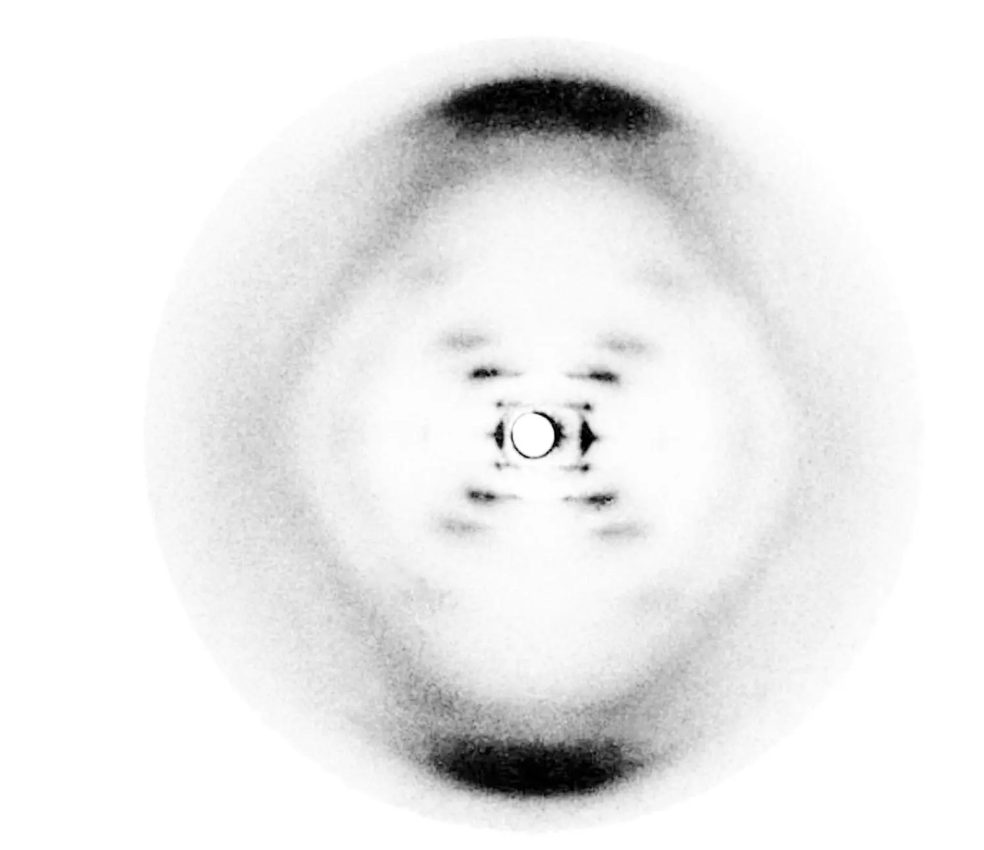
Image: A crystallographic X-ray image from Dr. Franklin’s lab that helped identify the structure of DNA.Credit…Science History Images, via Alamy
However, Dr. Cobb and Dr. Comfort found a letter which implies Franklin knew her results had made their way to Cambridge. Pauline Cowan invited Crick to an upcoming talk by Franklin but mentioned that Perutz “already knows more about it than they are likely to get across so you may not think it worthwhile coming”.
The pair also found a draft of a never-published Time magazine article which characterized the research as having four equal contributors. While Elspeth Garman agreed with Cobb and Comfort’s conclusion, Helen Berman called their arguments “sort of strange” as if Franklin was an equal contributor then she wasn’t treated very well. No single paper was written with shared authorship nor did Watson or Crick mention her when accepting their awards.
Franklin’s early death meant she missed out on the Nobel Prize but Nils Hansson noted other ways could have been found to acknowledge her contribution. Howard Markel summed up: “Everyone likes to receive proper credit for their work.”


